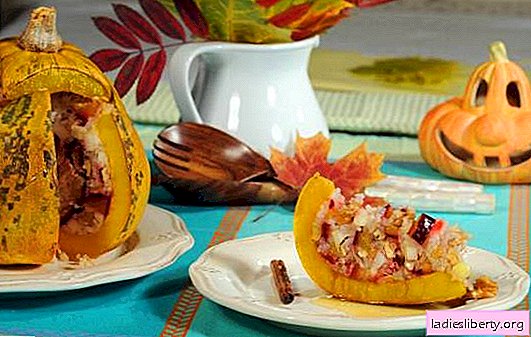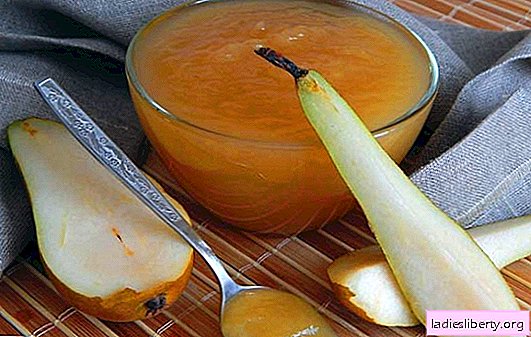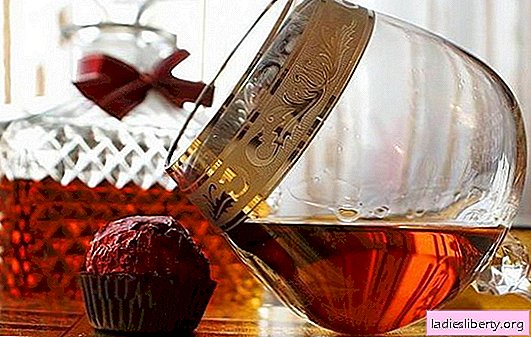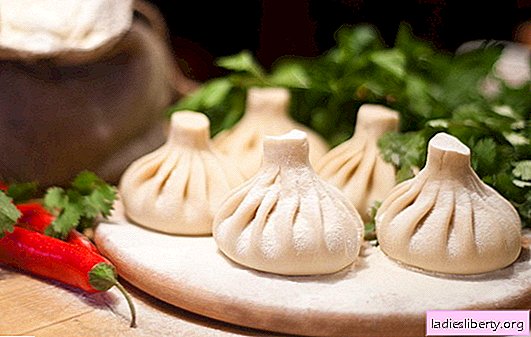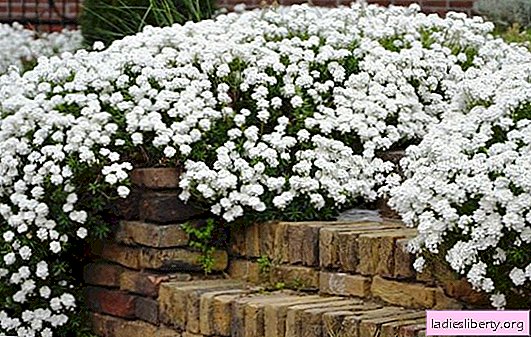
Iberis is a beautiful herbaceous flower that belongs to the Cruciferous family.
Various forms and types of plants are known in nature:
• annual, thermophilic plants of grassy form;
• perennial, frost-resistant shrubs.
Iberis grows in the form of a small shrub that branches well. Shoots can be erect or creeping. The bush is decorated with dark green leaves, and during the flowering period is covered with white, pink, red or purple flowers. The duration of flowering is two months. The first buds open in May.
Spain is considered the birthplace of Iberis, although it can be found in the Caucasus and Europe. A beautiful flower is often used to design paths, flower beds, alpine slides. Annual Iberis are suitable for growing in containers. With their help they plant loggias, terraces and decorate bouquets of brides.
The most famous varieties and types of Iberis (photo)
In nature, more than 40 species of this ornamental plant are found, but the following varieties are most in demand in floriculture:
• rocky;
• bitter;
• umbrella;
• hybrid;
• motley;
• evergreen;
• ever flowering.
Iberis is rocky
Ground cover plant up to 15 cm high. Forms very dense curtains, shoots well branch.

Iberis is bitter
Annual shrub up to 20 cm high. Its stems are covered with fluff, shoots branch up. Blooms in May with fragrant white flowers.
Iberis umbrella
Annual flowering plant up to 30 cm high. Shoots are bare, well branched. Flowering begins early; flowers of various colors are collected in dense umbrella inflorescences. The most popular varieties with hyacinthiflora umbrellas.

Iberis Gibraltar
The plant belongs to perennial species, grows in the form of a compact bush, the height of which reaches 50 cm. Varieties with lilac inflorescences look most decorative.
Iberis colorful
Fragrant annual with variegated leaves. During the flowering period, it is covered with white flowers.
Iberis evergreen
A perennial plant that blooms profusely in the summer. There are varieties with repeated autumn flowering. Beautiful white flowers are collected in an umbrella.

Iberis ever flowering
The variety is distinguished by large white flowers. Suitable for growing in tubs. The shrub reaches a height of up to 50 cm.
Iberis planting in the garden
This plant is distinguished by its unpretentiousness and simplicity; it belongs to the flowers from the category of "planted and forgotten." Growing Iberis does not cause trouble even for a beginner in floriculture.
Iberis prefers rocky or sandy soil. Even the most unsightly corner of the garden is suitable for growing this shrub. The only condition when choosing the location of the flower is the presence of sunlight and not too moist soil.
Iberis is planted in the spring, as soon as the weather is warm, in different regions in different ways. The optimal period for planting is considered to be the period from March to May. Young saplings should grow stronger after planting; on cold nights, the bush is covered.
It is better to treat the soil before planting from fungal diseases, you can just shed a solution of potassium permanganate. Iberian loves freedom, so the distance between plants should be enough for full growth and nutrition. As a rule, observe an interval of 20 cm. After planting, young plants are watered, re-watering is carried out only when the flower takes root in a new place.
Iberis cultivation: all methods of reproduction (photo)
Iberis is grown from seeds that are sown in open ground or through seedlings. Experienced gardeners cuttings of their favorite varieties, you can also just resort to dividing the old bush. Quite often, you can get the plant self-seeding.
Cultivation of Iberis by sowing in open ground
Sowing seeds in open ground is carried out as soon as the ground warms up, in April - May. The soil is pre-excavated and compacted. Seeds are sown in prepared furrows to a depth of 1 cm. The first seedlings can be seen only after two weeks. Flowering in such a plant occurs 1.5-2 months after planting.
Experienced gardeners plant Iberis in open ground in late autumn. You need to do this just before the frost, so that the seeds do not have time to start growing. The flowering period in such shrubs begins early, usually in April.
Important! Sowing seeds in late autumn, you can get hardened, strong plants, as well as protect the flower from the cruciferous flea.
Very often you can get good plants from self-seeding. When the seeds ripen, they crumble and germinate in the spring.
Iberis growing seedlings
For seedlings, Iberis seeds are sown at home. The best time for planting is the end of winter or early spring, then in May seedlings can be transferred to the garden.
Advice! Iberis refers to fragile plants that do not like transplantation, so it is planted in the garden by transshipment, or together with a container from which the bottom is cut off. You can use peat pots for growing seedlings.
Seeds are sown in prepared containers, the first seedlings appear after 14 days. On cloudy days, seedlings need lighting. When caring for seedlings, you need to monitor soil moisture, to avoid excessive moisture accumulation. Watering seedlings should be carried out as necessary.

Cuttings of Iberis
Cuttings are cut from last year's plant, the length of one cutle should be up to 10 cm. At the end of summer, prepared cuttings are planted in a greenhouse where rooting takes place. The first winter young seedlings spend in a greenhouse, and in the spring of next year they are transplanted into the garden.
Iberis propagation by dividing the bush
The best time for dividing the bush is spring. The old bush is divided into several plots, while the shoots need to be shortened by 1/3 of the length. Landing is carried out in prepared well-drained soil.
Iberis Care
Iberian refers to unpretentious plants, caring for her is very simple.
Care Tips:
• It is necessary to monitor the irrigation regime, to prevent overmoistening of the soil. It is better to carry out watering in very dry weather.
• Iberis can grow without the use of fertilizers, but if desired, you can feed the plant with mineral complexes for flowering. The first feeding is carried out when the leaves appear, the second - during the buds.
• When the plant fades, the shoots need to be shortened by 1/3 of the length, while all dried buds need to be cut. Annual varieties uproot with the root.
Important! Iberian perennial varieties need transplanting in three to four years. During this time, the plant grows, loses its decorativeness, the flowers become smaller.
Problems growing Iberis (photo)
The most common problem when growing Iberis are fungal diseases, or rather, root rot. The thing is that the root system of the plant is very vulnerable and sensitive to moisture.
As a rule, the treatment of annual varieties is reduced to the removal of damaged parts and soil disinfection. Perennial species are treated with the use of special drugs.
In addition to possible fungal diseases, there is a risk of infection with pests:
• mealy worms;
• cruciferous flea;
• aphids.
When pest damage, the leaves of the shrub turn yellow and fall, flowering becomes sparse, decorativeness is lost. In the fight against parasites, chemicals and folk remedies are used. Iberis can be sprayed with an ash-soap solution. Processing is carried out several times.

